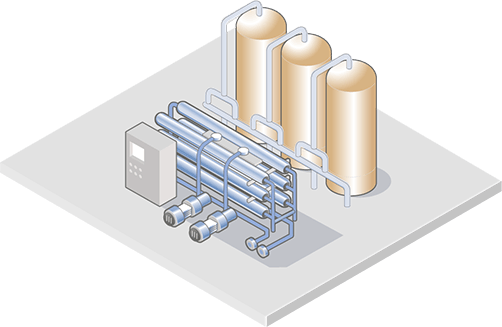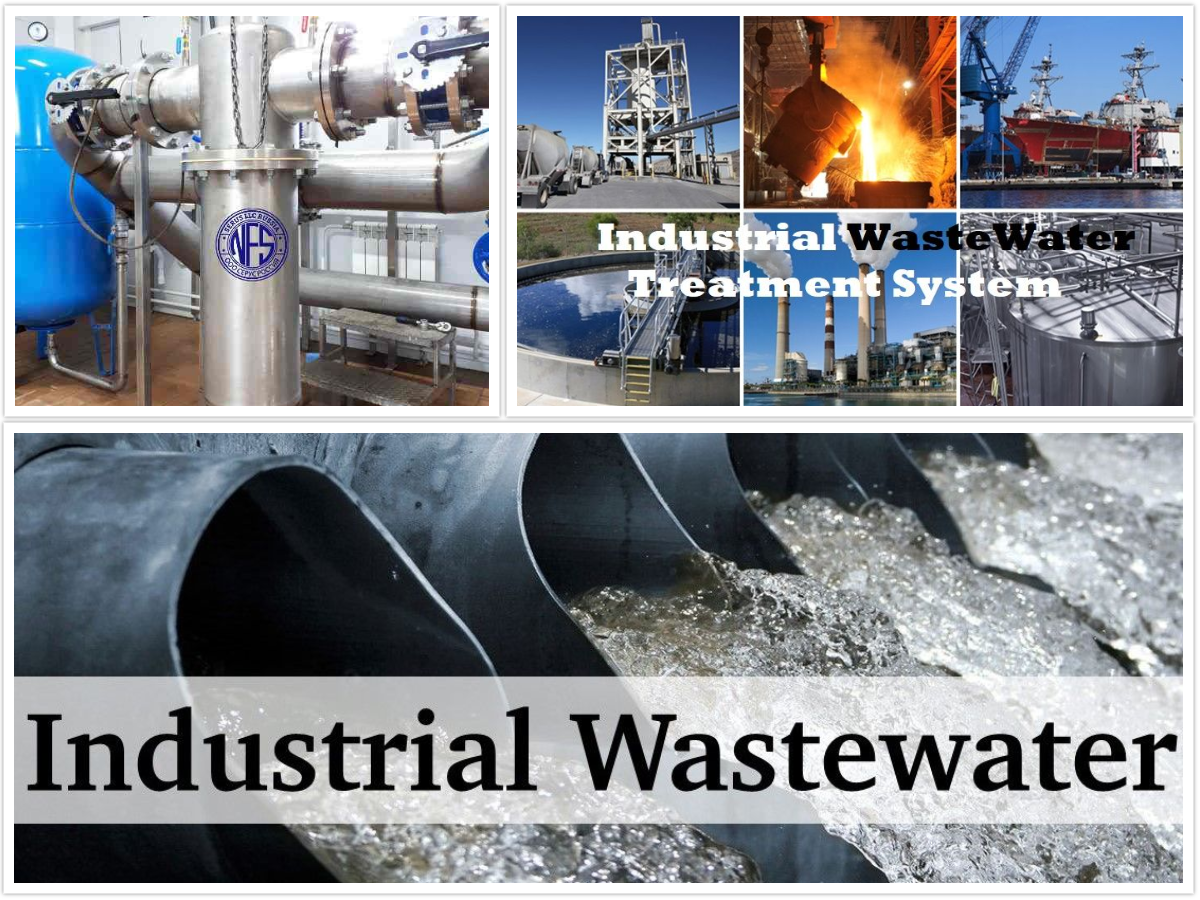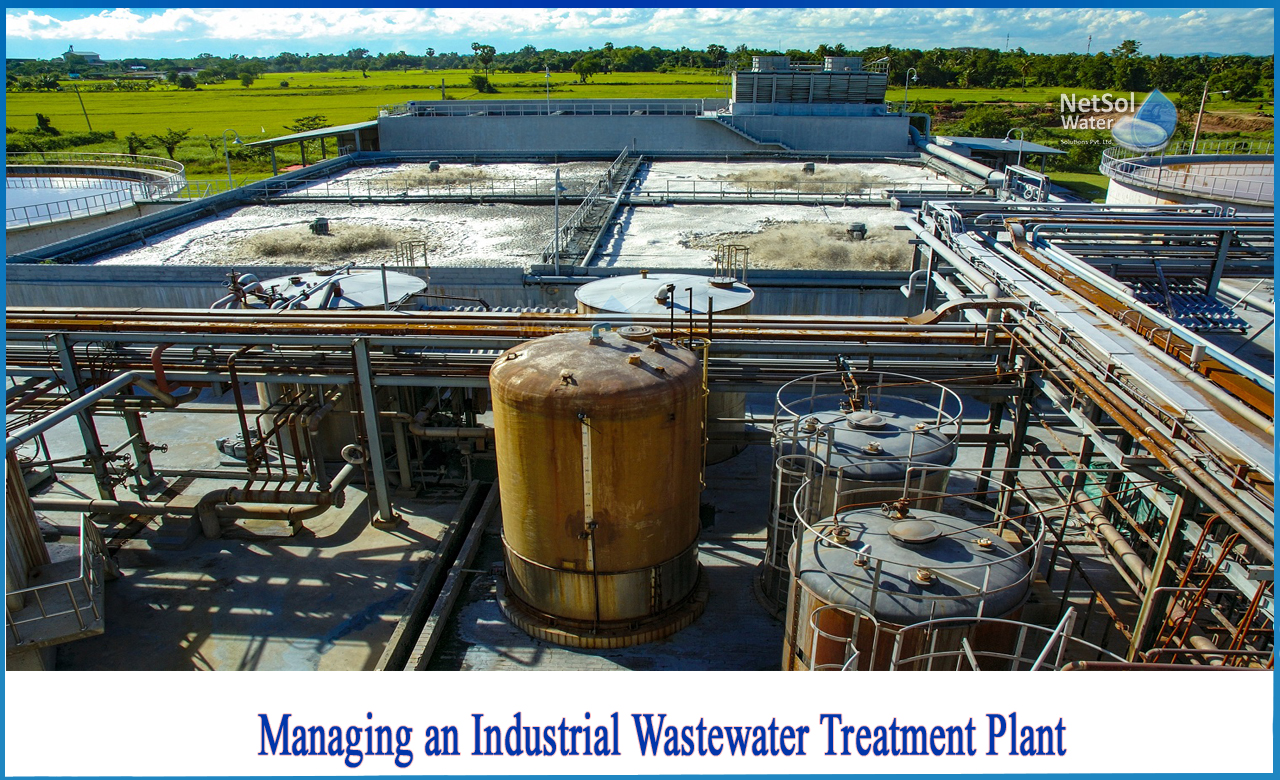Industrial Waste Water Treatment-- Sustainable Solutions for Industrial Water Management
Wiki Article
Developments and Breakthroughs in Industrial Waste Water Treatment Technologies
The landscape of industrial wastewater therapy is going through a transformative change, driven by advancements that enhance both effectiveness and sustainability. Emerging modern technologies, such as membrane bioreactors and microbial gas cells, are redefining impurity elimination processes while adding to energy generation. In addition, resource recuperation methods are getting traction, lining up with circular economy concepts. As regulative standards develop, the assimilation of AI and artificial intelligence right into wastewater management systems guarantees to make sure and streamline operations compliance. Nonetheless, the complete implications of these advancements increase important questions concerning their scalability and long-term influence on market methods.Introduction of Drainage Treatment Technologies
Wastewater therapy modern technologies incorporate a variety of techniques created to eliminate pollutants from industrial effluents prior to their launch into the environment. These technologies are critical for keeping environmental balance and guaranteeing compliance with ecological policies. The primary groups of wastewater therapy include physical, chemical, and organic techniques, each offering unique purposes based on the nature of the impurities present.

Biological treatment approaches use bacteria to weaken raw material, making them specifically effective for organic-rich effluents. Methods like triggered sludge and biofilm reactors harness the natural destruction abilities of microorganisms, resulting in considerable decreases in biochemical oxygen demand (FIGURE)
Advanced Purification Strategies
Advanced purification strategies stand for a critical advancement in the world of industrial wastewater therapy, boosting the efficiency of impurity removal procedures. Industrial Waste Water Treatment. These approaches include a series of technologies, including microfiltration, ultrafiltration, nanofiltration, and turn around osmosis, which offer consecutive barriers for numerous bit dimensions and chemical frameworksMicrofiltration and ultrafiltration make use of membrane systems to remove suspended solids, bacteria, and bigger natural molecules, improving the top quality of effluent before further therapy. Nanofiltration links the void between ultrafiltration and reverse osmosis, efficiently eliminating divalent ions and natural substances, therefore decreasing the lots on downstream procedures.
Reverse osmosis uses the highest degree of purification by permitting only water and tiny molecules to pass via its semi-permeable membrane layers, making it excellent for recovering high-quality water from commercial effluents. Recent innovations in membrane layer innovation, including the advancement of more sturdy and fouling-resistant materials, have actually dramatically improved functional effectiveness and lowered costs.
Integrating these sophisticated filtration strategies not only improves the general therapy procedure but likewise adds to sustainability initiatives by enabling water reuse and resource recovery in commercial setups. (Industrial Waste Water Treatment)
Organic Treatment Innovations

Furthermore, the advancement of engineered biological systems, such as membrane bioreactors (MBRs), combines organic therapy with advanced membrane layer filtration. This assimilation permits higher effluent quality and lowered impact, making it suitable for space-constrained industrial facilities. Technologies in genetically engineered microorganisms have likewise arised, enhancing the biodegradation of specific contaminants, such as pharmaceuticals and hefty steels, that are generally testing to eliminate.
Additionally, the execution of bioaugmentation approaches, where advantageous microbes are presented to boost the existing biological treatment procedures, has shown appealing cause boosting therapy efficiency. These advancements collectively represent a fad in the direction of more sustainable and efficient biological therapy approaches that can adjust to the progressing intricacies of commercial wastewater streams. As markets remain to focus on environmental compliance, these organic technologies will play a vital function in wastewater monitoring.

Source Recovery Techniques
In industrial settings, the assimilation of source recuperation techniques has become progressively essential for improving sustainability and lessening look at here now waste. These techniques concentrate on extracting valuable products and power from wastewater streams, consequently changing possible toxins into reusable sources.One noticeable approach is vitamins and mineral recovery, where nitrogen and phosphorus, typically present in excess in wastewater, are captured and converted right into fertilizers. This not just lowers ecological effects however additionally supplies a round economic climate remedy for farming applications. In addition, innovations such as anaerobic food digestion enable for the conversion of organic waste right into biogas, a renewable resource resource that can counter nonrenewable fuel source use in industrial operations.
Moreover, advanced purification and membrane innovations help with the healing of commercial by-products such as metals and salts. These recuperated products can be rehabilitated into manufacturing procedures, decreasing the requirement for virgin sources.
Future Trends in Drainage Administration
As sectors increasingly prioritize sustainability, the future of wastewater management is readied to undertake significant makeovers. Technical developments, such as man-made intelligence and artificial intelligence, will certainly make it possible for extra reliable surveillance and monitoring of wastewater systems. These innovations can anticipate maintenance needs, optimize therapy processes, and improve decision-making, eventually minimizing operational costs and ecological effect.Additionally, the integration of round economic situation principles will certainly play a crucial role in wastewater management. Industries are anticipated to change in the direction of systems that not only deal with wastewater however additionally recover beneficial resources, such their website as nutrients, water, and power. This transition will certainly lessen waste and advertise the reuse of materials, aligning with international sustainability goals.
Arising treatment methods, such as membrane bioreactors and advanced oxidation processes, will certainly additionally boost the effectiveness of wastewater treatment, permitting greater quality effluents ideal for reuse. Furthermore, governing frameworks are most likely to advance, highlighting more stringent standards for wastewater discharge and encouraging markets to take on innovative treatment remedies.
Conclusion
In final thought, the advancement of commercial wastewater treatment innovations shows a substantial change in the direction of improved efficiency and sustainability. Advancements in innovative filtration methods, organic treatments, and resource recuperation methods highlight the market's commitment to environmental stewardship. The integration of man-made knowledge and artificial intelligence better optimizes these processes, making certain regulatory compliance and advertising a circular economic climate. Continued developments in these areas will play a crucial role fit the future of wastewater management and shielding crucial water sources.The landscape of industrial wastewater treatment is undertaking a transformative shift, driven by innovations that improve both efficiency and sustainability.Wastewater treatment innovations incorporate a range of techniques created to get rid of impurities from industrial more info here effluents prior to their release into the atmosphere.Utilizing the power of organic processes has led to substantial technologies in the treatment of commercial wastewater.Additionally, the application of bioaugmentation techniques, where beneficial microorganisms are presented to improve the existing biological treatment procedures, has actually shown promising outcomes in boosting therapy performance. These developments collectively represent a pattern towards even more lasting and reliable biological therapy methods that can adjust to the developing complexities of industrial wastewater streams.
Report this wiki page